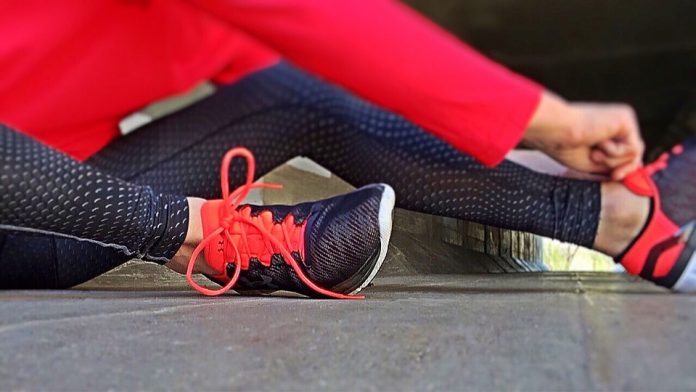Cycling is a popular form of exercise that requires a combination of physical and mental endurance. Whether you’re a professional cyclist or a casual rider, boosting your speed and performance can be a challenging task. However, with the right techniques and mindset, it’s possible to crank up your speed and take your cycling to the next level.
Understanding the Fundamentals
Before we dive into the techniques for maximizing cycling performance, it’s essential to understand the basics. Cycling is a highly individualized sport, and each rider’s physiology and biomechanics are unique. However, there are some fundamental principles that apply to most cyclists.
The key to improving your cycling performance is to focus on building your endurance, increasing your power output, and developing efficient pedaling techniques. By targeting these areas, you can improve your overall speed and efficiency on the bike.
Building Endurance
Endurance is a critical component of cycling, and it’s essential to build a strong foundation of aerobic fitness. This can be achieved through regular training, which helps to increase your body’s ability to utilize oxygen and nutrients.
Here are some tips for building endurance:
- Start with short, frequent rides and gradually increase your distance and duration over time.
- Incorporate interval training to help improve your anaerobic endurance.
- Join a cycling group or find a training partner to help keep you motivated and accountable.
Increasing Power Output
Increasing your power output is crucial for improving your cycling performance. Power output is measured by the amount of force you produce on the pedals, and this can be improved through targeted training and technique adjustments.
Here are some tips for increasing power output:
- Focus on explosive pedaling and try to maintain a high cadence.
- Incorporate strength training to build your leg strength and power.
- Use hill sprints to build your power and explosiveness.
Developing Efficient Pedaling Techniques
Efficient pedaling techniques can help you conserve energy and improve your overall power output. Proper pedaling technique involves using your entire leg to generate power, rather than just your toes or heels.
Here are some tips for developing efficient pedaling techniques:
- Focus on using your entire leg to generate power, rather than just your toes or heels.
- Keep your knees slightly bent to help absorb shock and maintain a consistent pedaling rhythm.
- Use a high cadence to help generate power and improve your overall efficiency.
Putting it All Together
By combining these fundamental principles, you can start to see significant improvements in your cycling performance. Remember, the key to success is to focus on building your endurance, increasing your power output, and developing efficient pedaling techniques.
Here are some additional tips to help you get started:
- Listen to your body and rest when needed – overtraining can lead to injury and stagnation.
- Stay hydrated and fueled – proper nutrition is essential for optimal performance.
- Explore different terrain and environments to keep your rides interesting and challenging.
Conclusion
By incorporating these techniques into your training, you can take your cycling performance to the next level. Remember, the key is to focus on building your endurance, increasing your power output, and developing efficient pedaling techniques.
Whether you’re a casual rider or a professional cyclist, with the right mindset and training, you can crank up your speed and achieve your goals. So get out there and start training – your cycling performance is waiting for you!
Frequently Asked Questions
Q: How often should I train?
A: It’s recommended to train at least 3-4 times per week, with at least one rest day in between.
Q: What is the best way to improve my power output?
A: Focus on explosive pedaling, strength training, and hill sprints to help improve your power output.
Q: How do I know if I’m overtraining?
A: Pay attention to your body – if you’re feeling fatigued, irritable, or experiencing muscle soreness, it may be a sign that you’re overtraining.
Q: What is the best way to stay hydrated and fueled?
A: Focus on consuming a balanced diet, avoiding excessive caffeine and sugar, and staying hydrated by drinking plenty of water.
Q: What is the most common mistake amateur cyclists make?
A: The most common mistake is not listening to their body and overtraining, which can lead to injury and stagnation.
crank-up-your-speed-proven-techniques-for-maximizing-your-cycling-performance


